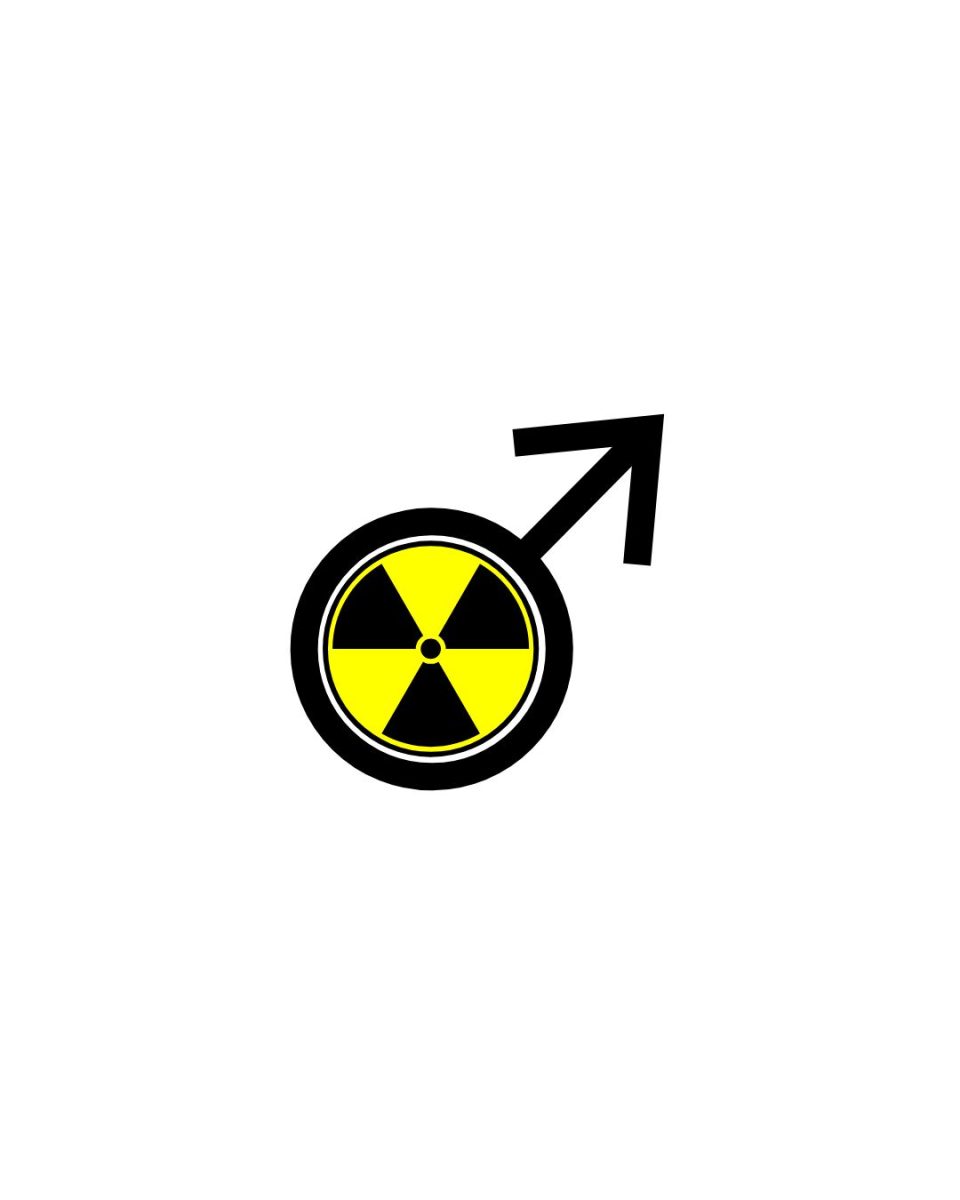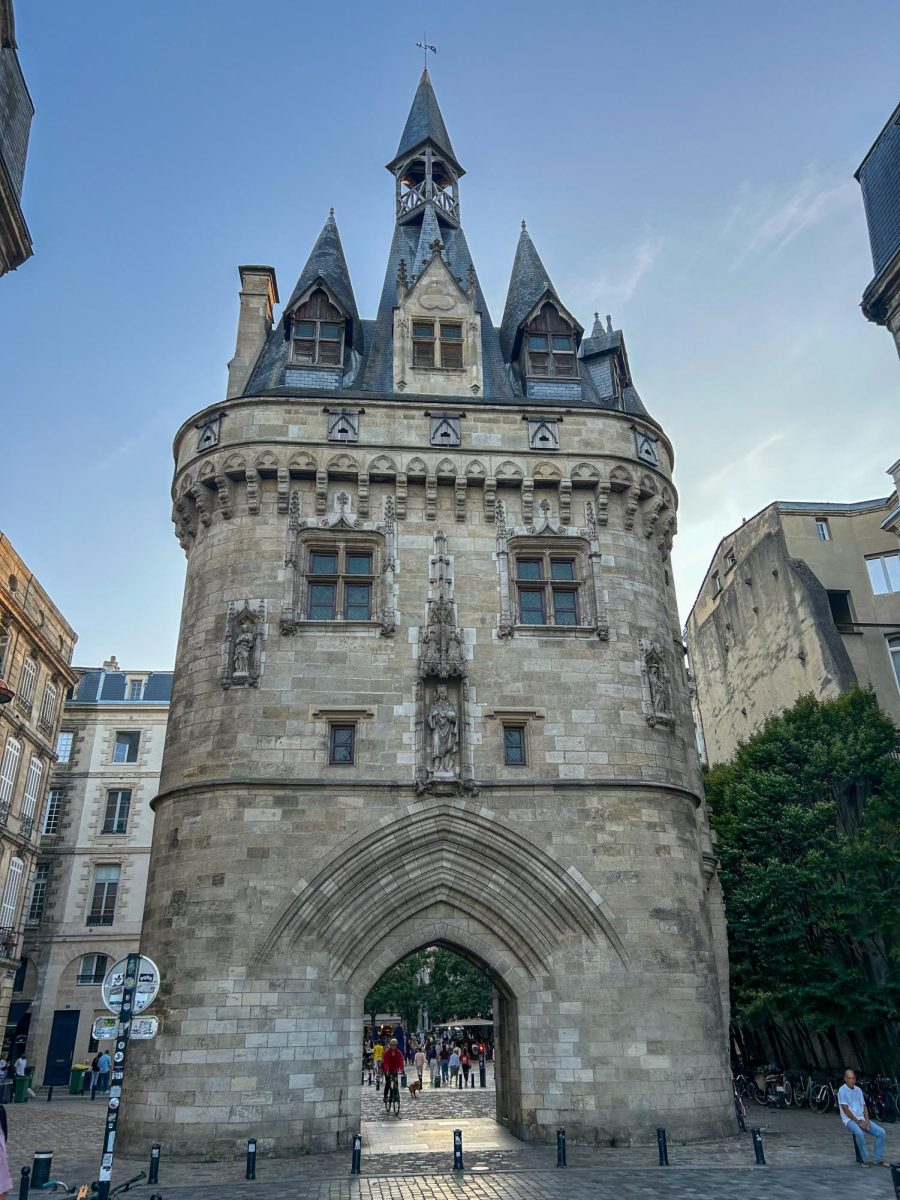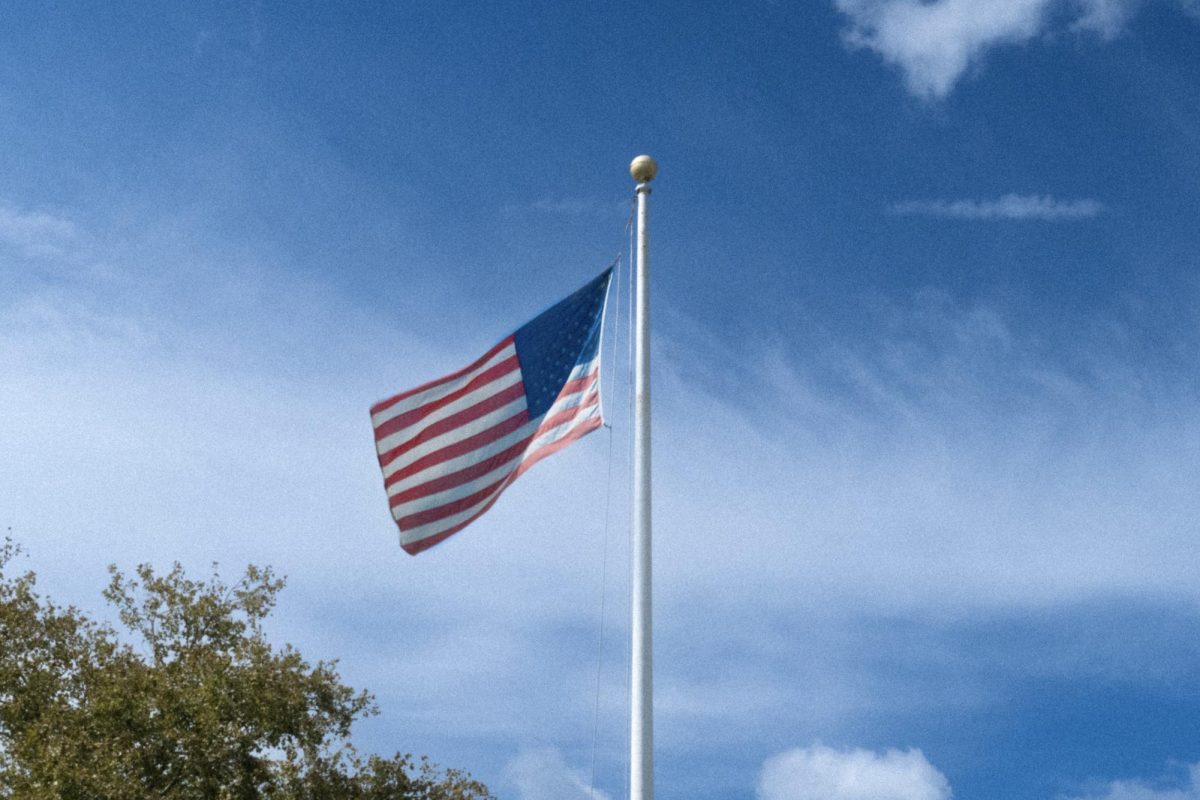Kate Fagan is an Emmy award-winning journalist and the number one New York Times bestselling author of “What Made Maddy Run,” as well as the coming-of-age memoir “The Reappearing Act.” Her third book, “All the Colors Came Out,” was released in May 2021. Currently, Fagan works for Meadowlark Media and hosts the podcast “Off the Looking Glass.” She spent seven years as a columnist and feature writer for espnW, ESPN.com, and ESPN The Magazine.
Fagan joined Rowan Radio on Monday, March 6, to discuss her newest book, “Hoop Muses, An Insider’s Guide to Pop Culture and The (Women’s) Game.” Fagan sat down with Kara Guno and described working alongside eight-time WNBA All-Star, league MVP and WNBA Champion Seimone Augustus. Fagan collaborated with illustrator Sophia Chang and provided insights into the importance of the graphics in the book. In this conversation, she highlights the research that went into the book, the growth of the game, the artwork, her several collaborations and the ability to piece together the history of women’s basketball.

Can you talk to me about all the research that went into the development of this book?
“So, the concept of the book is to really take people on a journey through the history of the game in an entertaining and joyful and exciting way, and to do that using illustrations, comic book art, really vibrant colors, as well as seeing people through history. So, they get acquainted with some of the stories that got buried by our history. Also, when we say that pop culture piece in the subhead really introduces a lot of fun elements, like video games from the 90s movie posters that should have been but never were a different, like fashion, different pop culture like that. So it was a combination of both sort of creativity and reimagining a world that had valued women’s sports, similarly to how we value men’s sports, as well as actually going back and trying to piece together because there wasn’t much written about a lot of the women who played in various locations during decades, like the 1920s [and] 1930s. And so it was trying to go back and find maybe the one press clipping that existed, or the one archivist who’d written about something valuable in that history, and trying to make sure to highlight it and share it in a really entertaining way, not in what can often be seen when we think about books about history. Often, you can just assume they’re going to be tedious. We’re trying to be the opposite of that with “Hoop Muses.”
Can you talk to me about the growth that you’ve seen, you know, collegiately, with basketball at the WNBA as well?
“Yeah, I mean, there’s the growth that has existed, you know, over the last 30 years, but I think what’s probably more relevant to the audience is just the last two to three. Both the anecdotal evidence that a lot of people I know, who are in sports even either casually or immersed in it, can see the way that certain franchises have come on to our radar. Whether it’s Angel City FC, a soccer franchise out in LA, and every metric that you would care about in the sports world points to pretty dramatic growth, whether it’s the ratings for a number of sports, college sports, plenty of women’s college, basketball, ESPN, women’s college, softball, the social engagement metrics that come out of Twitter and Instagram, all of these point to an inflection point for women’s sports. One that we haven’t seen before, where the valuation of franchises is higher, and the engagement with media and with storylines is higher. And so we are kind of in this moment, if you’re paying attention, where women’s sports is really being seen as maybe the one area in the sports world that can tell us new stories, and we can grow games in ways that we can’t on the men’s side, because we’ve exploited them to every angle possible.”
What was the point in your life and that moment where you kind of sat down and you said, you know, “I’m gonna write this book,” and what were the first steps that you used to ignite this process?
“Well, I can’t remember why I stumbled onto this idea. I mean, I remember calling my mom and I was out for a walk right after I kind of had the idea of what if I tried to share the mythology, the history of the game and in a different way than it had been done? Oftentimes, when I was on ESPN, I tried to scream from the rooftops about the value of women’s sports, but it was kind of falling on deaf ears and then there are books about the history of the game, but often feel like they’re difficult to consume. I was like, ‘what if I blended some joy and excitement and brought on an illustrator so that some of these stories that might seem black and white and dull we could inject life into?’ And I remember talking to my mom about it. That was the first moment where I was like, ‘I could definitely do this, I could get an illustrator.’ It started out with just thinking it would be me and the illustrator, and I put together a proposal for it. Then sort of in the process of doing that, I was like, you know, I really will need a WNBA player, or maybe not a WNBA player, but like one of the best players of all time, who’s played at the Olympic level, and the highest levels, because I thought that would give the book a kind of credibility that maybe I couldn’t lend it. So that was really the process of putting a proposal together getting Sophia Chang on board, who’s our illustrator, and then getting Seimone Augustus on board to help me add that final cherry on top to a lot of these pieces where I had that really true insider visibility into a lot of these stories.”
And that perfectly segues into my next question, which was about Seimone Augustus. What was it like working with her, the legend of the game of basketball?
“It was just really reassuring, and every turn to know that I could run something by her and have a really insider point of view on some of the elements of the book we wanted to build. Some of it was really clear cut, which was, I want to write this essay and Seimone lived this, whether it was playing overseas and wanting to write about that game, that life, or a specific moment in the WNBA. Between her and Diana Taurasi, that has kind of carried on a life of its own. It’s like, okay, I’ll just go straight to the source. I want to create this element of the greatest international players of all time, so here’s my list, who would you pick as the top five, and then really leaning on her for that type of feedback. There are other parts of the book, like the history, where Seimone had no more insight than I necessarily did going into it. So that was stuff that kind of tackled on my own. But when you get later into the book into the more modern game and the pop culture part of it, that’s where you really see her fingerprints.”
What was it like working with Sophia Chang? And [can you talk] about how important the illustrations are to drive home this narrative and help tell the story?
“The illustrations are really the whole point of the book, you know, adding this element of art, culture, fashion, color, vibrancy, joy. A lot of times that is the thing that we can feel is missing from the women’s game because it doesn’t have the same place in our culture. And so you kind of feel like you’re isolated like if you’re gonna go watch a women’s game, it’s not like we have the whole history and you go to the bar, and there’s the tailgating and there’s the whole culture around it. So being able to find somebody like Sophia, who even before this book, and the reason I wanted her for this book was because she’s already involved in the culture. She was already doing illustrations in the sports world. She had done an illustration for Grantland, which was a website run by ESPN for many years, and it was Brittney Griner dunking. It was just the perfect energy for what we wanted to bring to “Hoop Muses.” I think the color and the style of everything hopefully makes it this package where you just want it out in your home because it’s just vibrant and beautiful. It kind of is a statement piece for a coffee table book, like, oh this is a cool, different book that is trying to tell a different story than some of our usual sports stories.”
How important do you think it is to tell younger audiences about the history of the game and put pop culture flares in the mix of it?
“We wanted all of those elements to work together. When you actually open the book there are those what the publishing world calls “endpapers.” It’s like a Sofia Chang kind of wallpaper that’s on the book. But, when you get to the first sort of real pages of the book, it’s comic book art… we’re trying to draw you in with this very futuristic story and this device to take you back in time, as opposed to just dropping you in. We wanted all the pages to have you crave reading the story so that you learn about some of these women, like Native American women who had been playing the game or the Black barnstorming clubs in the 1930s. So maybe it’s not history that you would be drawn to otherwise, but here you’re kind of getting it and you end up seeing the richness of the game in a way that you haven’t before.”
In an interview with “Just Women’s Sports”, you said, “We know the current logo of many men’s teams, we know the previous seven logos, and we can trace the iteration of the 1980s New York Yankees to became the new New York Yankees now, and women’s sports have never had that.” Mythologizing women in sports is a crucial piece of building the cultural value around the game and you said that you want the book to fill that gap. So, can you explain to me how you were able to do that in this book?
“Well, the hope was that a lot of the really fun, cool stories, that if they had happened in men’s sports, we already would have had a Hollywood movie about them, or a scripted show on HBO, or a documentary. There’s also a lineage that a lot of basketball fans would just know off the top of their heads… like Michael Jordan was coached by Dean Smith, who was coached by Fogg Allen, who was coached by James Naismith. It’s this clear way of understanding how basketball was part of culture and part of history that men’s sports just get, basically by default in our culture. And so, we wanted to in “Hoop Muses” be able to backfill some of that storytelling. I can do a similar thing about the lineage, like Sue Gunther, [who] was a coach at LSU, and Coach Seimone Augustus, she was also a coach in the AAU days in the 1940s and 50s. And so, it’s just a way of connecting to the history that does more, it creates a culture and a lineage that women’s sports don’t often get. That is sort of the broad goal of the book, but we don’t want you to look at it [and] think there’s a broad goal. It’s just a fun book. But in the end, you want to be able to bring some of these women’s names in the back of people’s minds… or maybe not, in fact, we introduce them for the first time [in the book].”
And my last question, kind of rounding things out in the in the back of the book, I absolutely love when you include top moments of the game, the top shots, [and] all these iconic figures and dynamic duos. So, why were these things that you felt should have been included at the end of the book?
“There was actually a very practical reason for it. In the creation of this book, I always knew there was this missing time period and for a chunk of time, I couldn’t figure out what was happening in the 1950s and 1960s, before title nine. Later on in the process, I read this really wonderful, rich book on the history of women’s basketball and they talked about these AAU clubs, different than the AAU [clubs] we know today. I found them late in the process [and so] I wasn’t in a place where I could rewrite the book. So, I developed some other stuff like the movie posters that were long in the making. But [as for], the top players [and] top moments, I [said to myself], ‘I need to include these women and these teams.’ So, we created a middle ground where we were able to tell these little shorter snippet stories. But hopefully, the end result is that if you do read the book [from] cover to cover, you feel like you weren’t missing entire decades of the game.”
For comments/questions about this story tweet @TheWhitOnline or email [email protected]

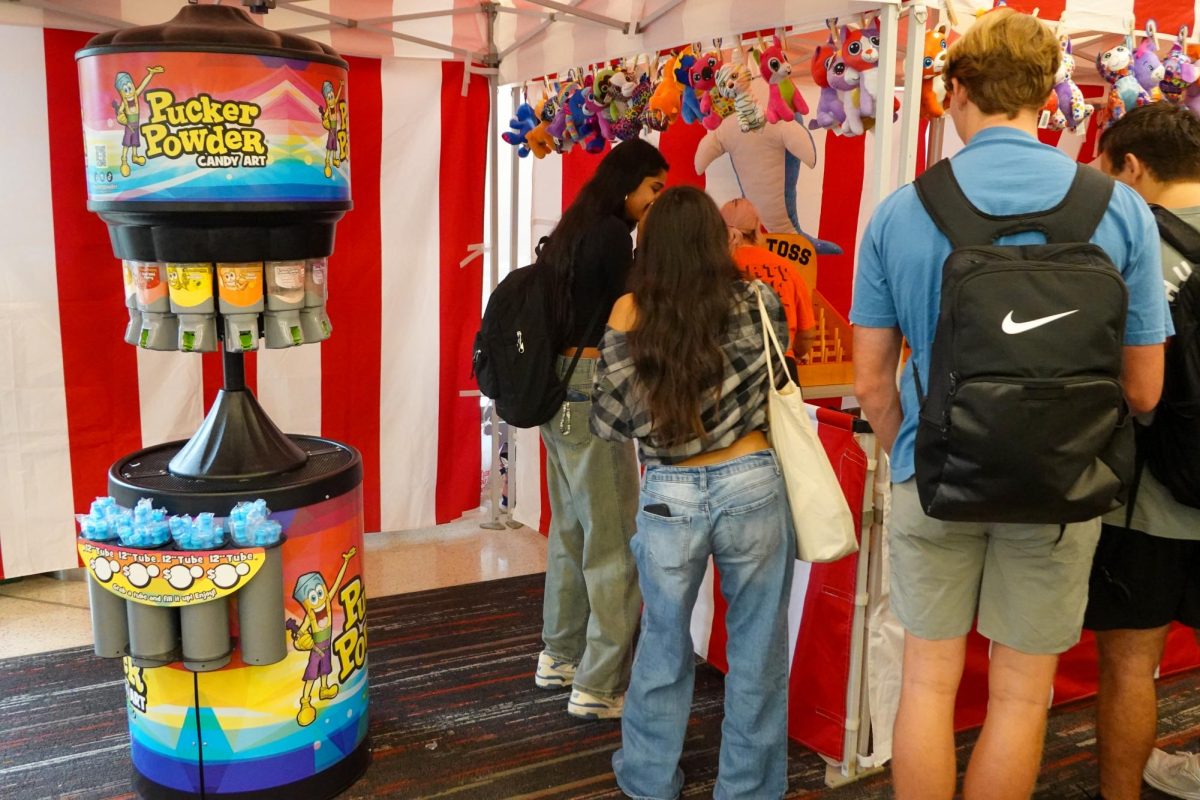
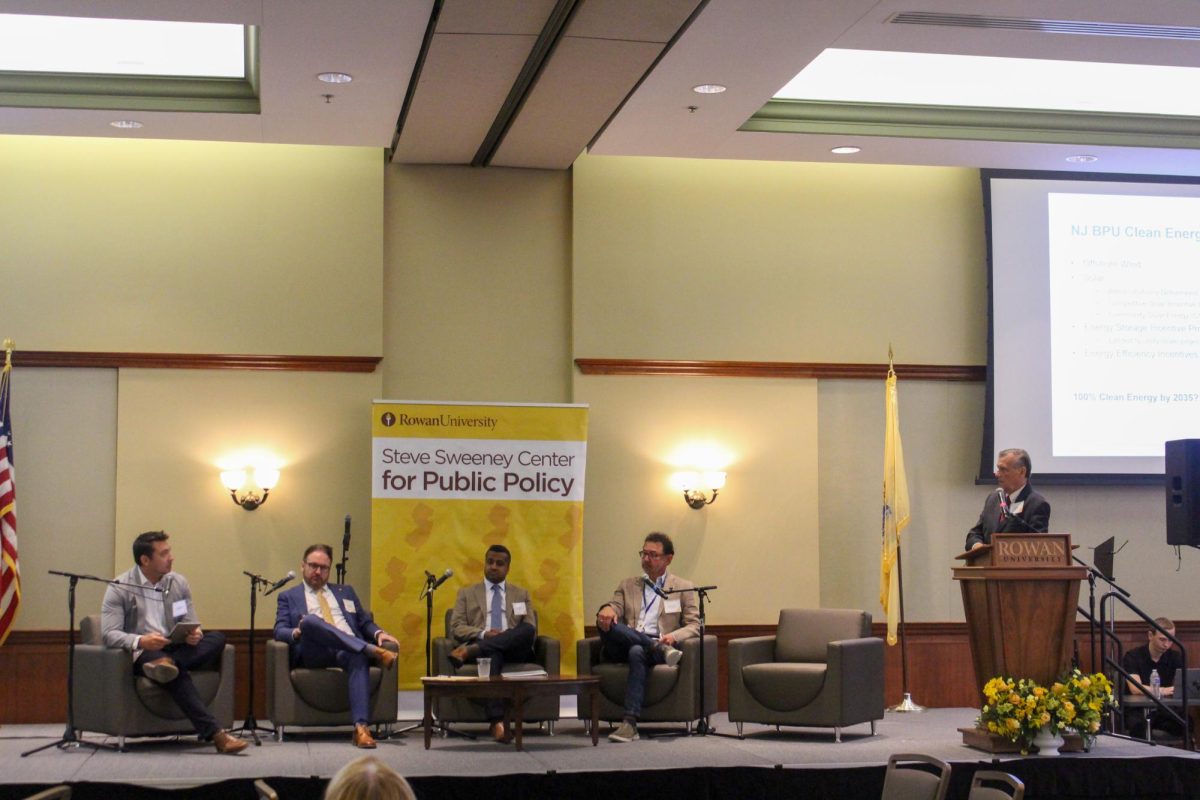

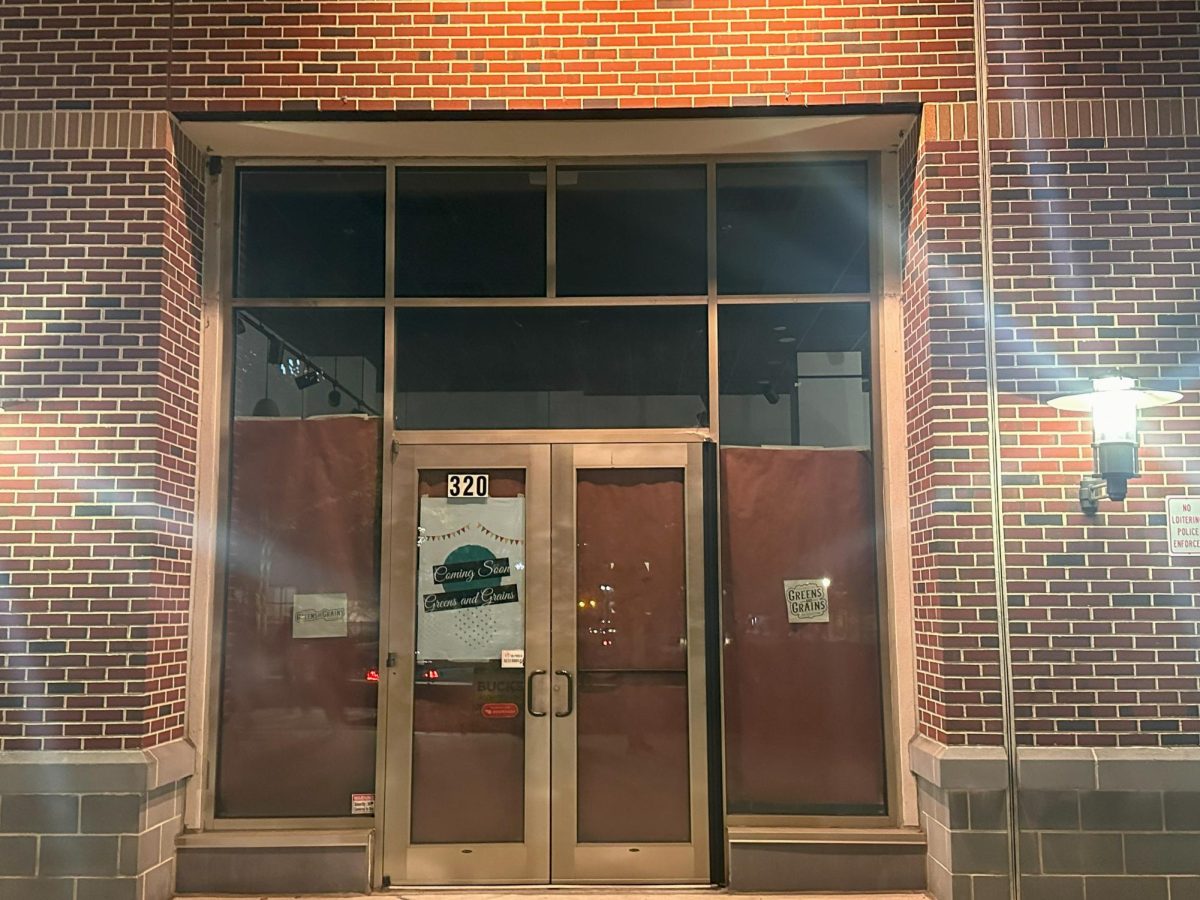


















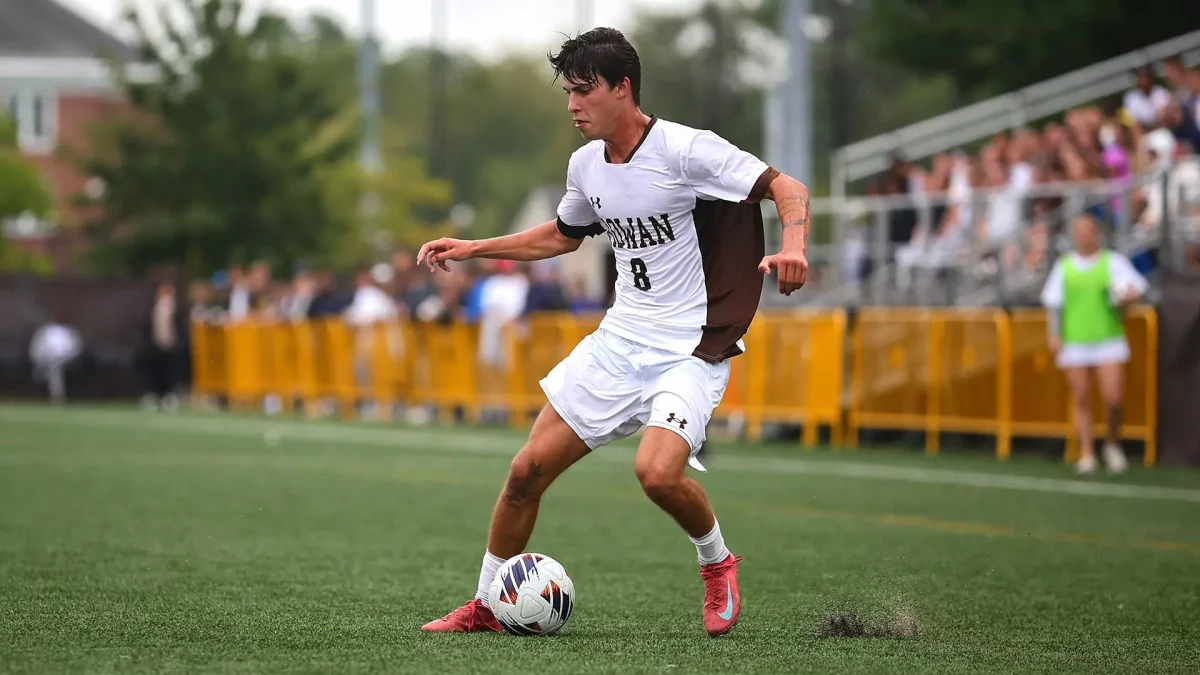
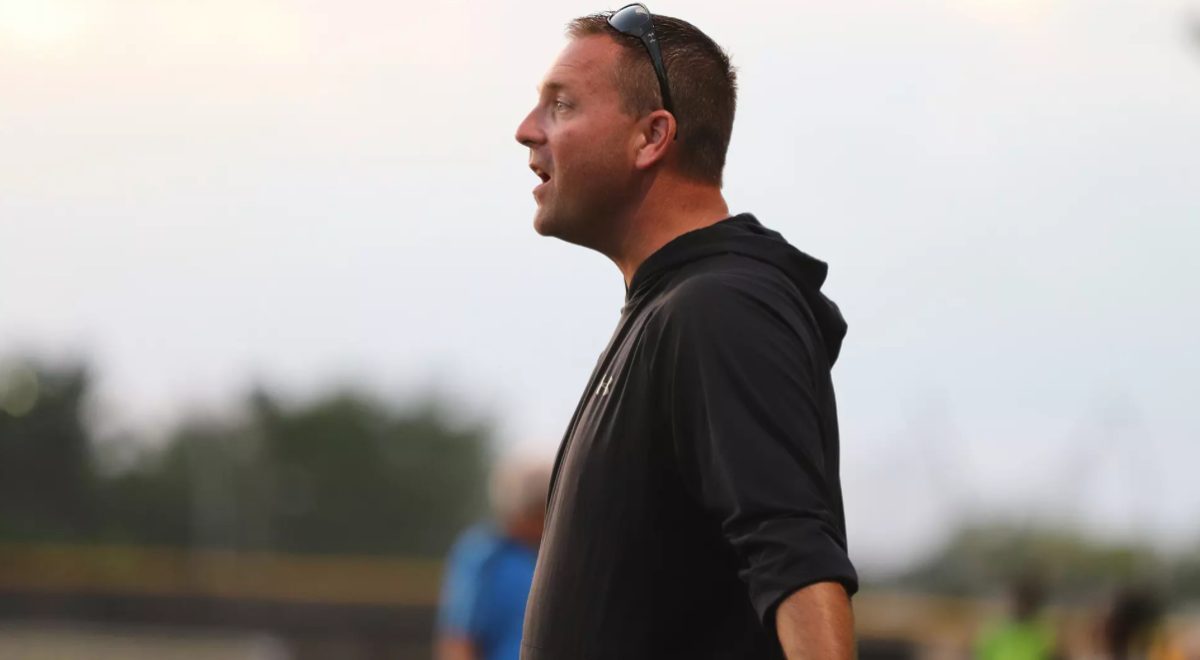


































































































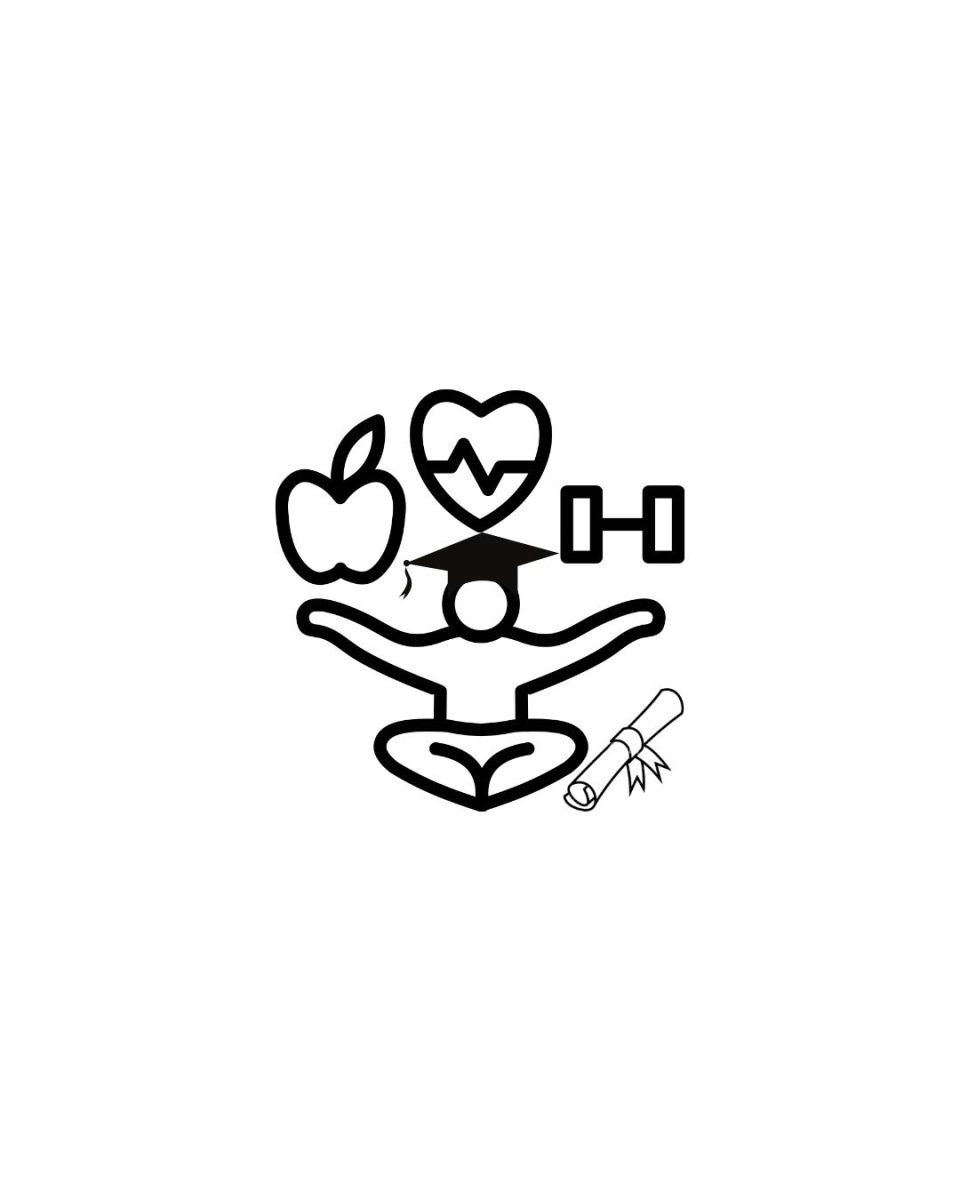
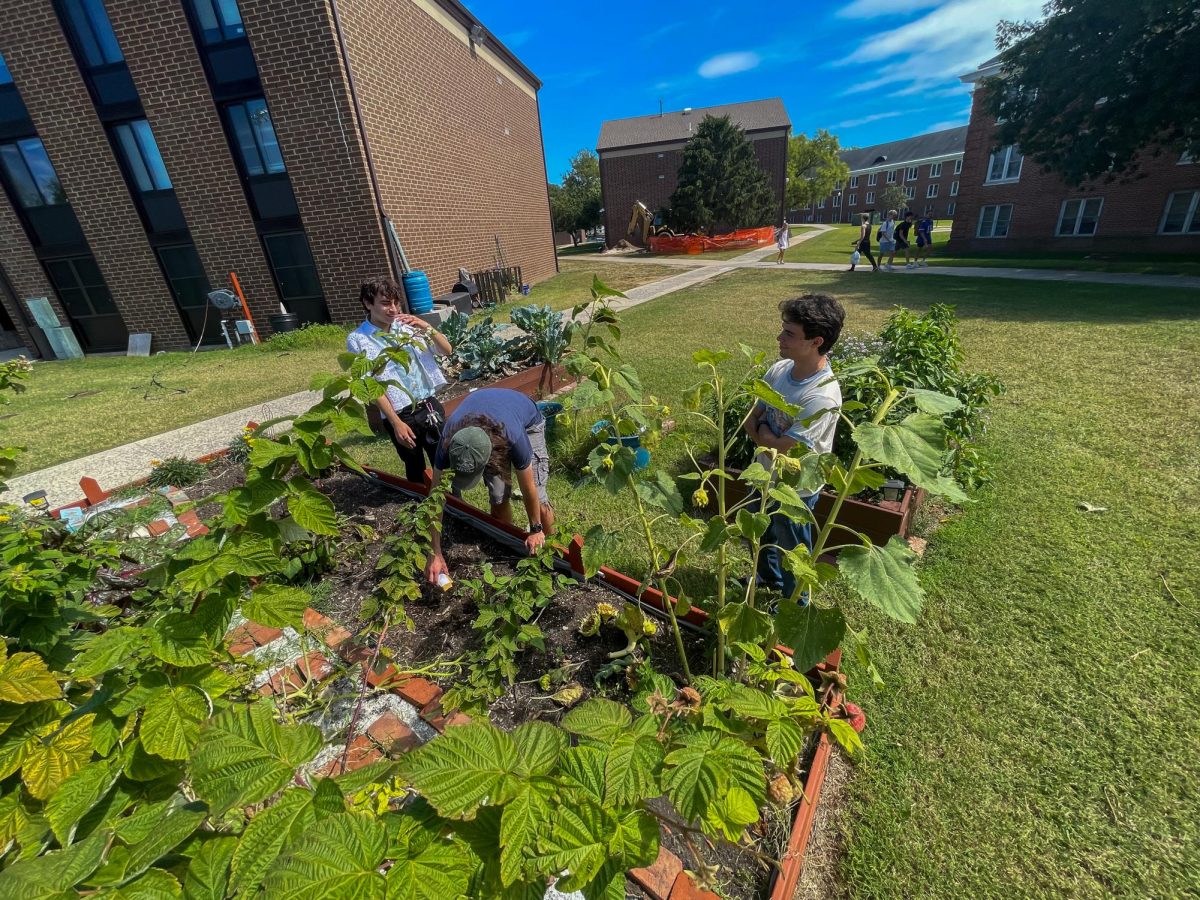
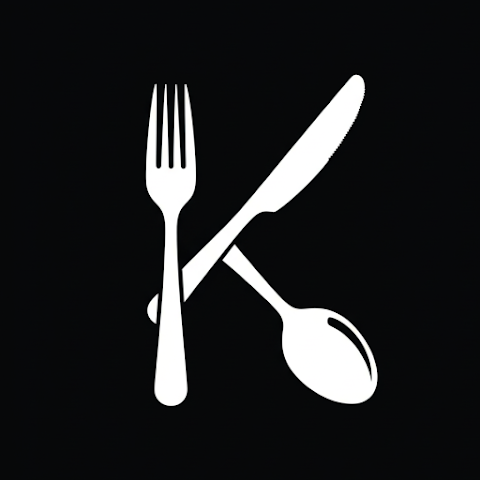


















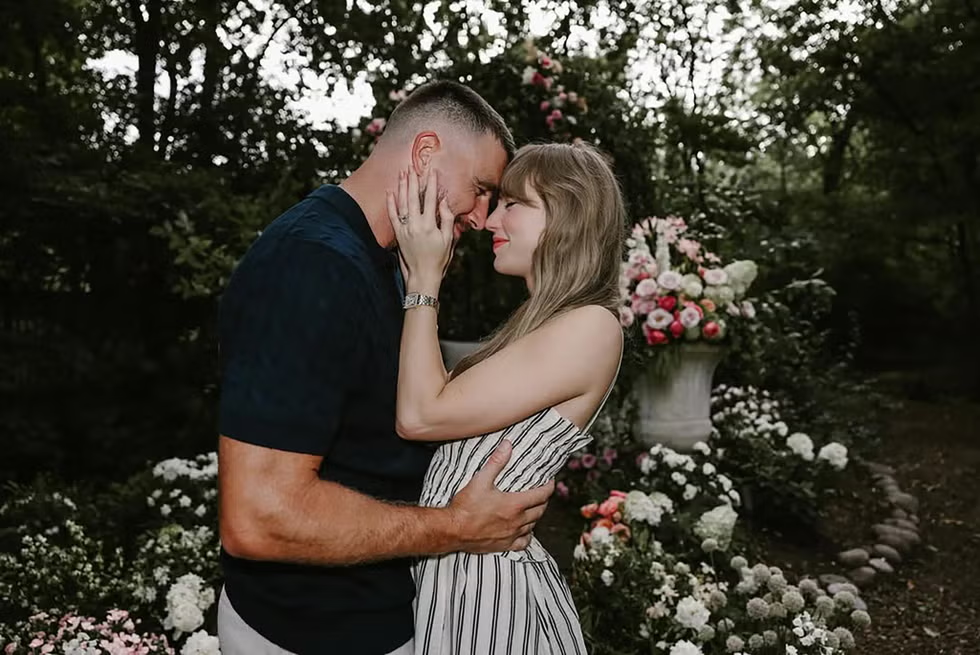






!["Working with [Dr. Lynch] is always a learning experience for me. She is a treasure,” said Thomas. - Staff Writer / Kacie Scibilia](https://thewhitonline.com/wp-content/uploads/2025/04/choir-1-1200x694.jpg)













